
Patricia Urquiola’s curiosity and magical way of seeing connections that others don’t
Patricia Urquiola’s curiosity and magical way of seeing connections that others don’t
Share
Spanish-born architect and designer Patricia Urquiola needs no introduction. For the better part of three decades, Urquiola has been a trailblazing force in the design world. Celebrated for her innovative and important contributions across various creative domains, she is arguably one of the most influential women working in contemporary design today.
Urquiola’s influence is evident across Australia too. Pick up any architecture or design magazine featuring stunning, award-winning projects by Australian architects and designers, and you’ll likely spy a piece of furniture, lighting, textile or rug designed by her eponymous studio, Studio Urquiola. While it is impossible to articulate exactly what it is that makes her designs so universally admired and desired, yet still so distinctly ‘Patricia Urquiola’, it is possible to say that she is a designer’s designer.
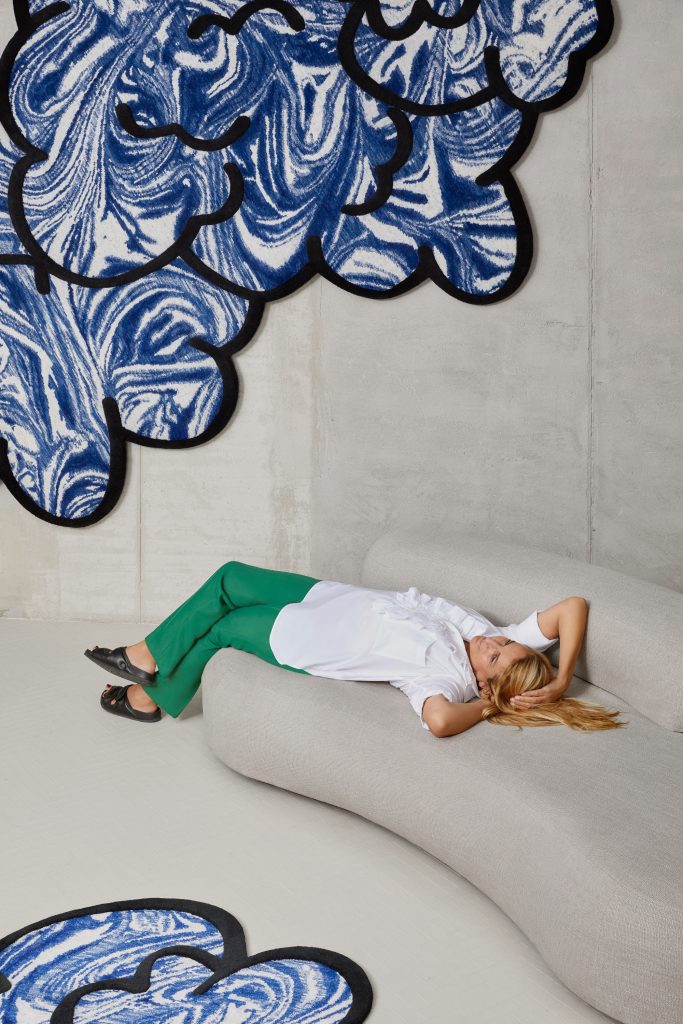
Thanks to Mobilia and Design Circus, ADR recently spoke with Urquiola as part of our Women of Influence series. What follows is an in-depth interview, illuminating the magic of Urquiola’s creative process and her playful, experimental approach to both design and life.
ADR: Can you tell us about your approach or attitude to design, and how it initially evolved?
PU: Working with Vico Magistretti, Italian architect and industrial designer, and Maddalena de Padova, Italian furniture designer and entrepreneur, were my first jobs, and they were so essential and so involved. They needed so few elements to do their work. That was fantastic. It was their life.
Through working with Magistretti and de Padova I understood that design is an attitude, it is much more than a profession. Only if it becomes really connected to your way of life, then things work. In fact, my home and studio are connected. One is over the other one. Around my family and the studio, the same thing and my dog, everything. My husband, we are partners [in life and work].
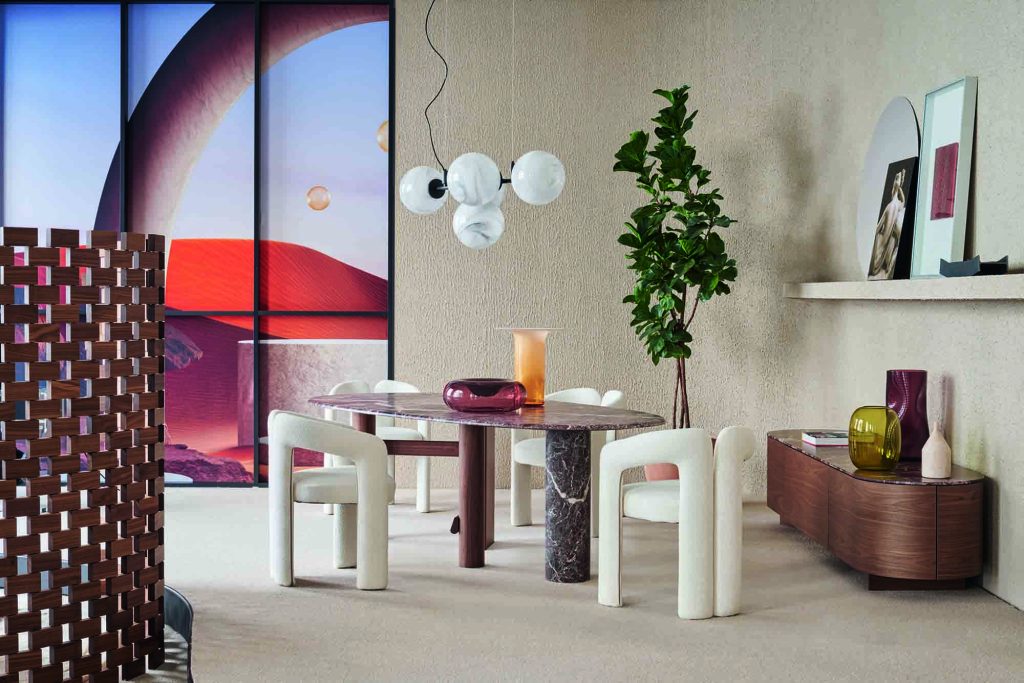
ADR: The architecture and design industry is known to be exceptionally demanding, requiring not only passion and talent, but long hours and hard work. For women in the industry, there can sometimes be an additional layer of difficulty when it comes to breaking through the glass ceiling. Can you talk about your experience of being a woman in architecture and design?
PU: Well, perhaps I was a lucky person with my kind of personality and circumstance because it was easier for me than for other women, I know. My attitude is “you live your life”. You try to break rules but in a natural way, and in the end, it’s not so easy to always explain why one succeeds. For me, I got lucky and here we are.
ADR: Do you think the industry has changed, perhaps opened up, to allow more opportunities for young women to enter in recent years?
PU: For the next generation, it’s about putting them into the conversation. Inspiring their curiosities so that the work they choose to do doesn’t feel like too much effort. Some call it passion, but [what matters is] work that makes you feel there’s a lot to do and a lot of growth. When you’re in that kind of thing you feel you can have much more impact. And that is what I always desire for my daughters, I think.
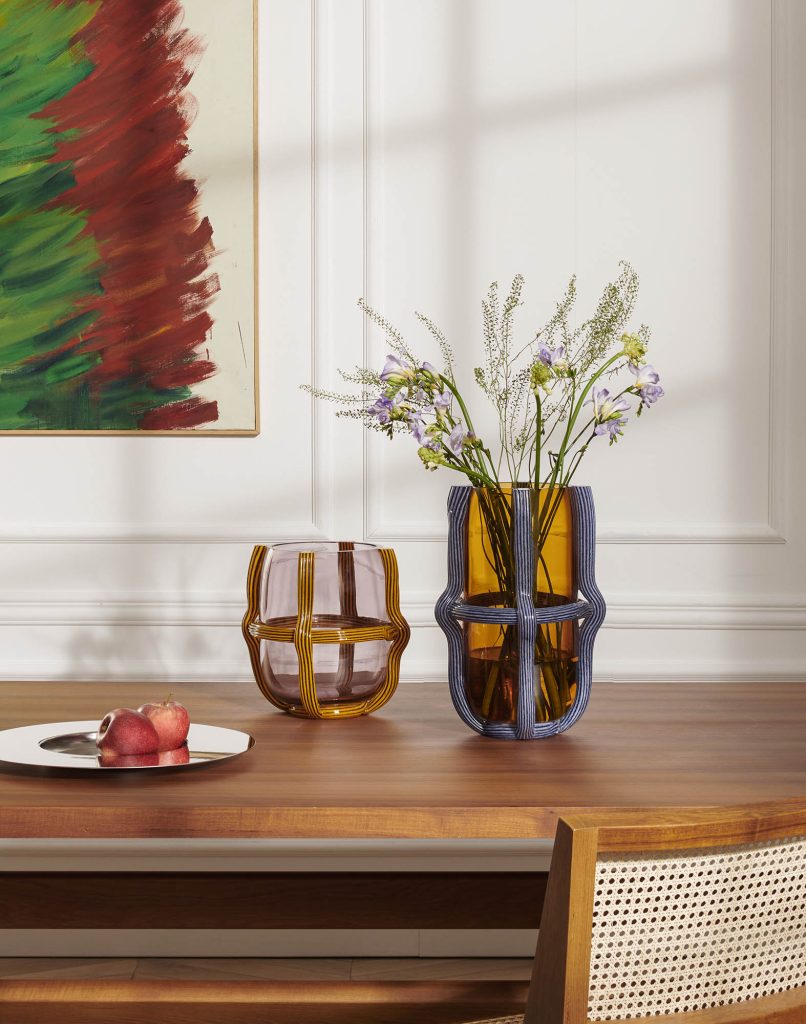
ADR: You’re admired by designers all over the world. Could you articulate your approach to design and life for our Australian architects and designers?
PU: I guess I try to break my own prejudices every day. I think I’m a person who is quite attentive. Sometimes you move, sometimes you break, sometimes you evolve.
There are many ways to grow a bit. But growth is something that is a never-ending companion to your life. If you have this attitude, you are your own compass. But, at the same time you are always moving, you are never in the same circumstance. That is a fantastic thing. Your life, your skin, is never the same.
Having this attitude makes you understand your ideas, your connections. It’s like empathic travels through the world. Curiosity is obviously a driver, but it’s not enough, as empathy alone is not enough.
In a beautiful, spontaneous example of the close connection between Urquiola’s life and work, Alberto Zontone, her husband and CEO of Patricia Urquiola Studio joined the conversation.
Alberto: She has the capability to see things with different eyes.Many people say that she has the capacity to focus and listen.
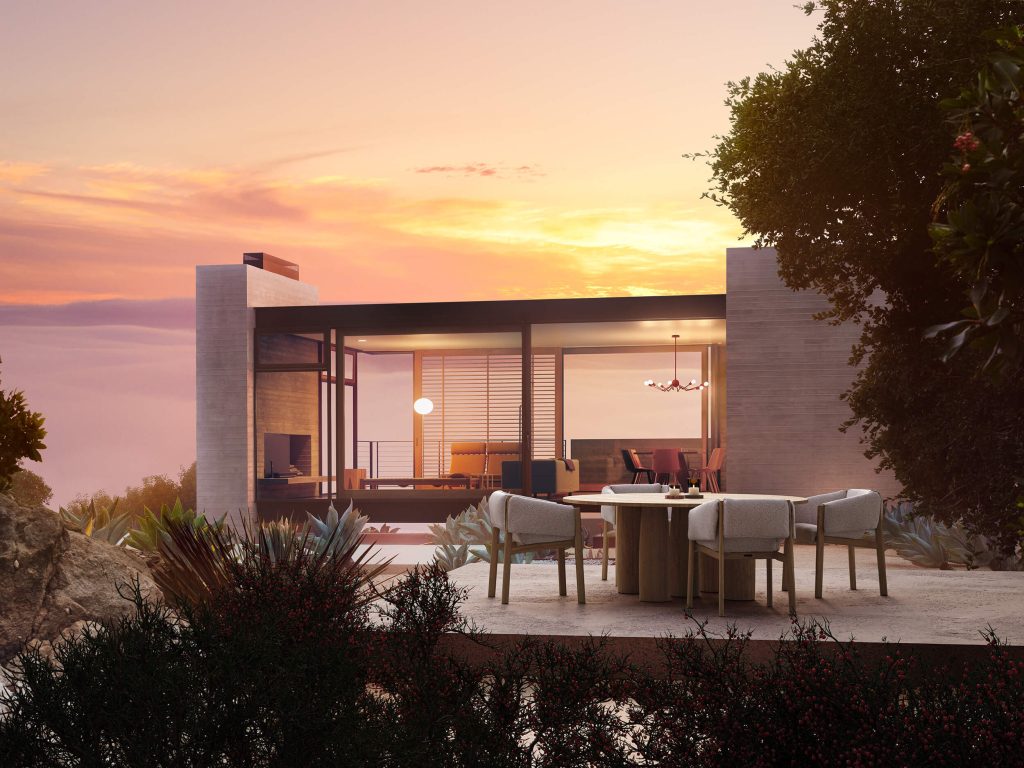
ADR: You also speak about empathy, a principle you absorbed from your mentor, Achille Castiglioni, as being a fundamental element in your design process. Can you talk more about what empathy means to you, and how you manifest empathy in your design process?
PU: Well, it’s not enough to just have empathy. Empathy is an element, but not the only one. To me, it is helpful to always understand the right way to interact with a company I’m working with. And often [the solution I come up with] is not always as they wanted. I modify it in a way that for me works well.
I think the big driver is to empathise. We are not doing things purely to help the company to grow. We are doing things to create new dialogues with the people who will use the projects [or the products we are designing]. Then you have to connect with people in a more fundamental element, which is essential, which is part of life. You have to tap into their curiosity… That is what I think is interesting.
And then, that drives your other empathies. One example is my work with the company Cassina. Me, I’m always forcing the company, it is not just trying to empathise with the company, no. To get something we are going to give something, make a new way of understanding things.
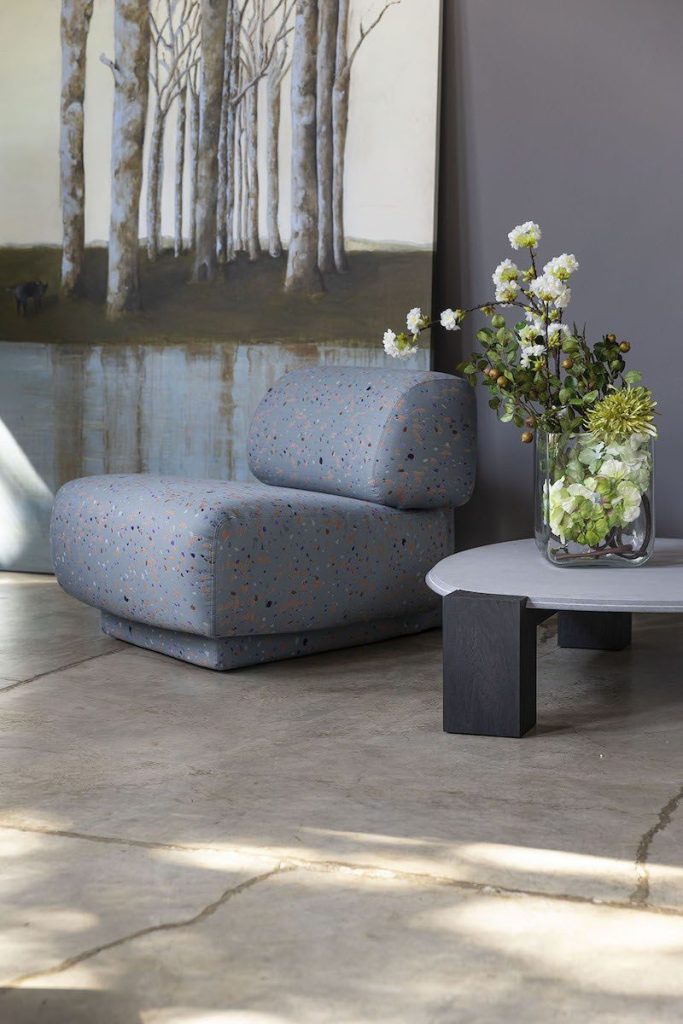
With the Moncloud sofa, Cassina needed new options for sitting. It needed to be comfortable, but the driver was to try a different process. They always produced in an industrialised way, which is the history of the good companies of design in Italy, that they create by forming moulds, it’s very intelligent. For this one, the Moncloud Sofa, it was all about the metal frame and then we’ve dressed it with padding and recycled materials, which avoids the old techniques.
It’s still being done industrially, but it made us look at products from another point of view, in the way we produce, in the way we look to the surfaces, to the materials. It is a change of perspective in the way to produce the sofa, which is interesting.
Each product has a story like this. We look into the work of masters and then try to understand how to continue producing them, but in a better way, in a more sustainable way, in a more appropriate way. Then we get new stories which we are proud of. This is what empathy is about.
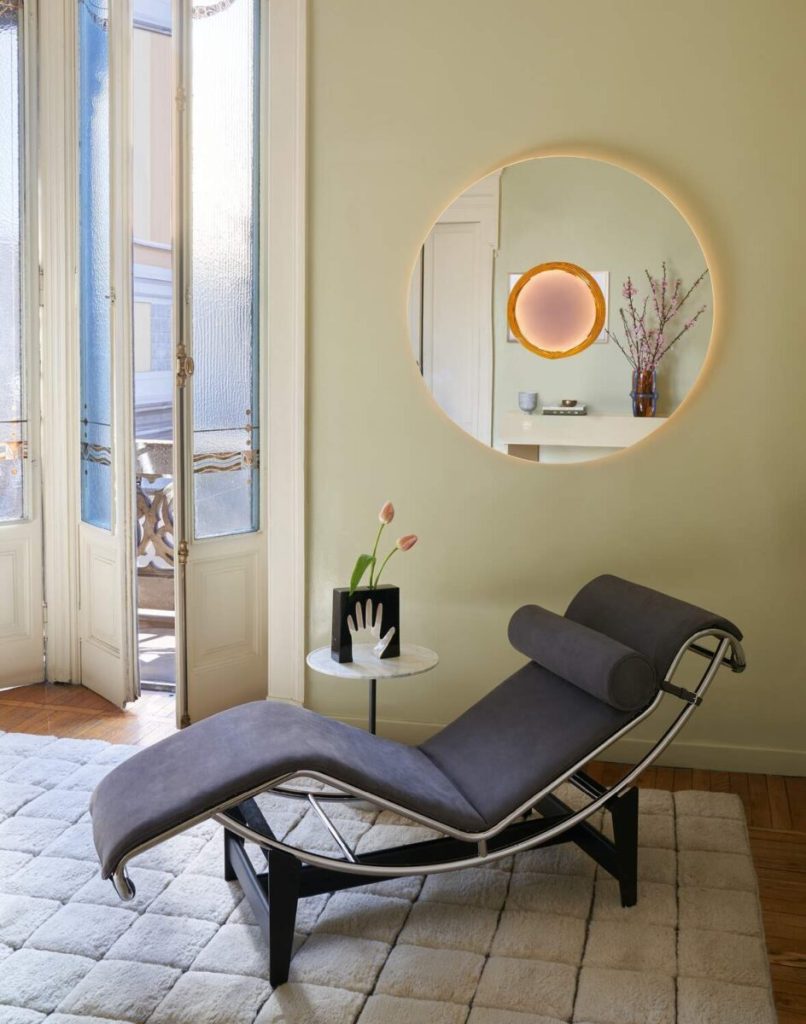
ADR: Australian Design Review launched a programme called 30UNDER30 last year, which is in essence a mentorship programme for young architects and designers in Australia. How did having Achille Castiglioni as your mentor shape your career?
PU: I was educated in a way of thinking that came from the faculty of architecture and design in Milano where Achille Castiglioni was our main mentor. He was always saying, “you have to persuade only one fundamental element of a project”. For him, it was about the one that drives you. It’s the compass, you cannot lose that one.
Then with other things you can lose them on the way, you can have little compromises on anything else, but that one fundamental element has to drive your project. And you have to see it so clearly from the beginning until the end. Then even if it’s evolving, it doesn’t mean that you have a fixed idea.
Sometimes, some projects don’t change much from the beginning, while others evolve a lot. But there must be one fundamental element. That’s something he said. It was not only a method, but it was also a kind of thinking.
We have to make all the young generations believe in their talents and fight for them. Enlarge their talent too. Then we have to give them values to move that talent into the right argument. That is our work. Every day it is a good moment to rethink all these things now.
ADR: The pieces you design span furniture, flooring, textile, lighting. Is working across multiple design typologies intentional?
PU: I like that sometimes in the studio people come to ask us different things, things we’ve never done before. They say things like, “you are someone that is just going to get into our problem”. For us, we like having a whole new attitude, scene, relationship, connection.
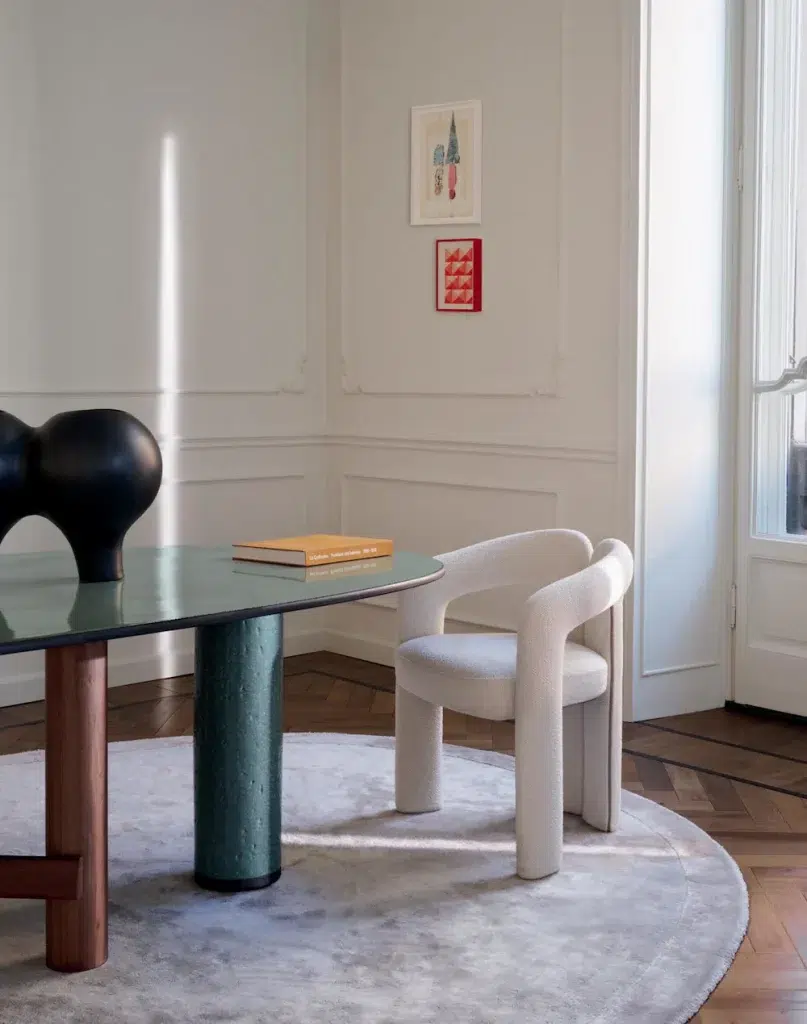
ADR: Design Circus is about creating connections within the design community. What are you hoping to take away from your time among the Australian design community?
PU: It’s beautiful to be in Australia. It’s a place I have come to a few times in my life, and I was always curious about how it is evolving, and how are cities like Melbourne or Sydney evolving. I try to understand what is in your museums, what is the culture. I saw a lot of women working in places like NGV in Melbourne, which is very interesting.
On that last trip, we went to Uluru and Tasmania. We wanted to try to understand your big cities, your big trees, and your big deserts. We wanted to try to understand more about this incredible country that has many languages, to put together. I think like this, by the way.
When Patricia say’s “I think like this, by the way” she is referring to the way her creative mind works, drawing connections between complex, seemingly disparate things.
I remember my first trip to Australia, I wanted to see the work of Sean Godsell. We went to see the house and then he said to us, come inside, with his wife. These things are my curiosities. Yesterday we were walking in the Botanic Gardens and I was visiting a tree we saw on other trips… I had to tell it, “you are here, you’re fantastic, you’re still fantastic”.
I think we are part of a very complex system. And then I think Australia is a country that I feel a lot of energy from that side, so very complex.
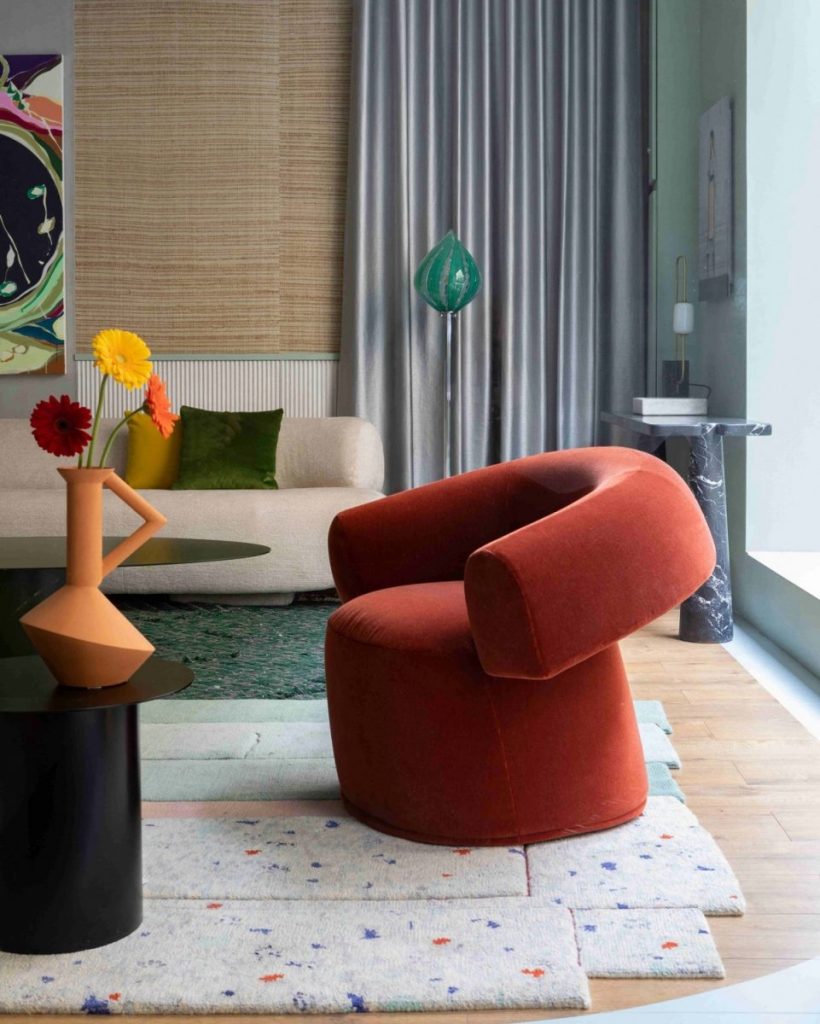
ADR: Working in collaboration with global brands sounds very glamorous – it’s certainly the pinnacle of a career for many. How do you balance the glitz and glamour with carving out time for friends, family and yourself?
PU: I’m a mother with two daughters, which perhaps, is just a personal problem or a personal, beautiful situation. From day one you understand that you have to create scenarios that are not only the personal one or the human one, you have to enlarge this empathic relation in the world. In this way, it’s not only the relationship with your children, but with many other things.
For the month of March, in recognition of International Women’s Day, Australian Design Review will be shining a spotlight on women of influence in architecture and interior design. While we pride ourselves on championing women and people from underrepresented groups at all times, we believe it’s necessary to recognise the achievements of individuals who have risen to the top, despite social —or industry-related imbalances. As well as bringing you profiles and project features that celebrate the work of game-changing, innovative women, we’ll also lean into the very real, yet rarely discussed realities of working in an industry that still holds onto traditional modes of working that aren’t always inclusive or supportive. It’s our privilege this month to bring you profiles and features that celebrate the unique perspectives and talents that women bring to the architecture and interior design industry.
Discover the range of products designed by Patricia Urquiola at Mobilia.
























